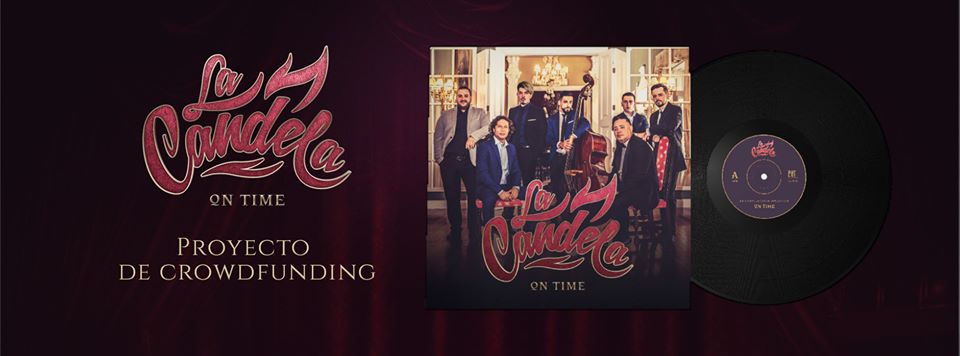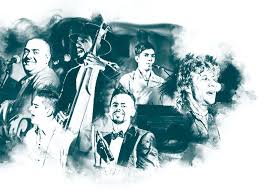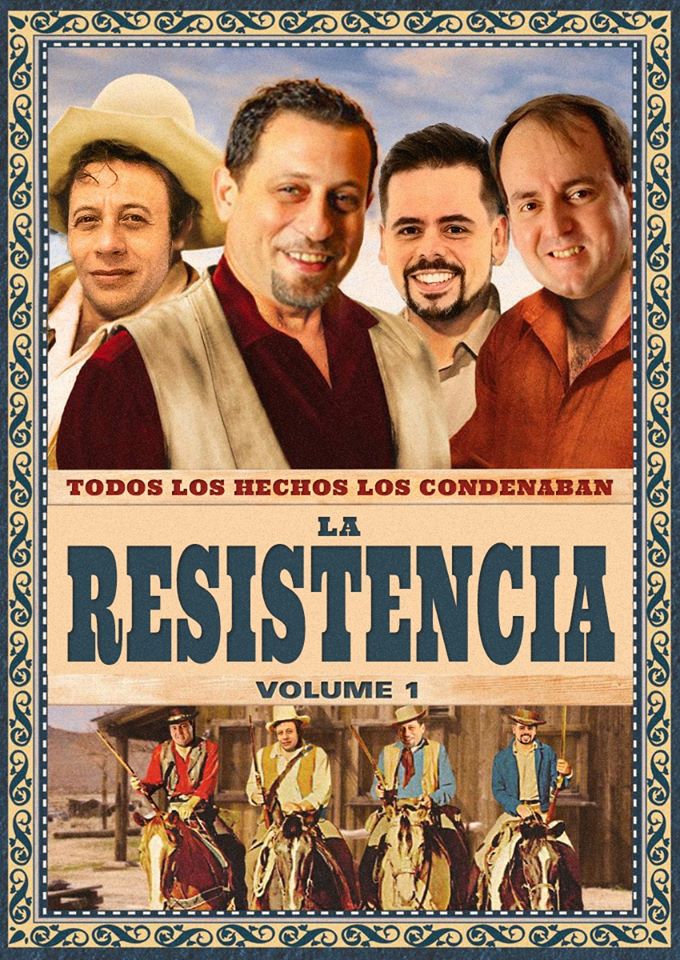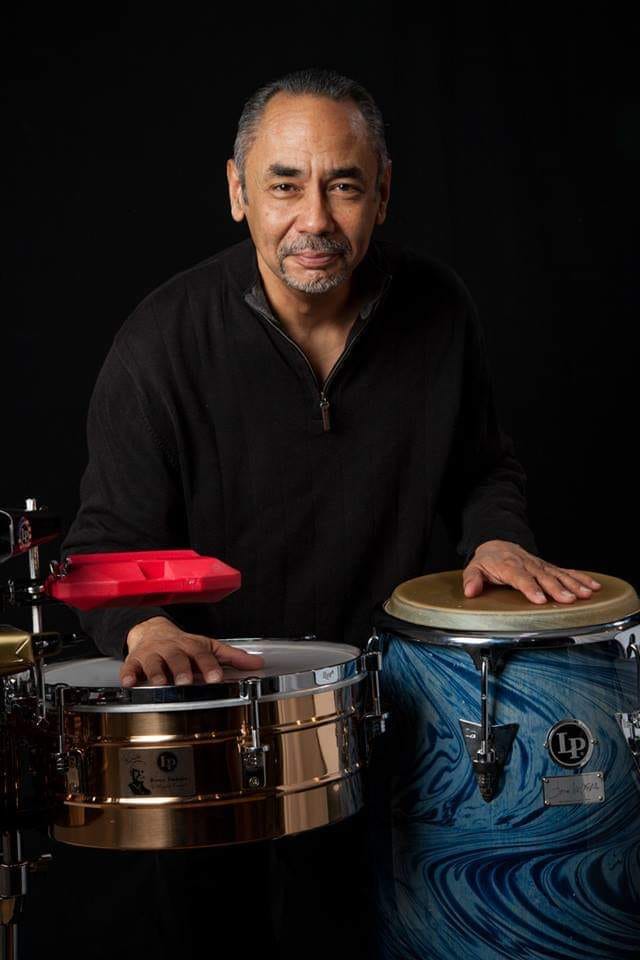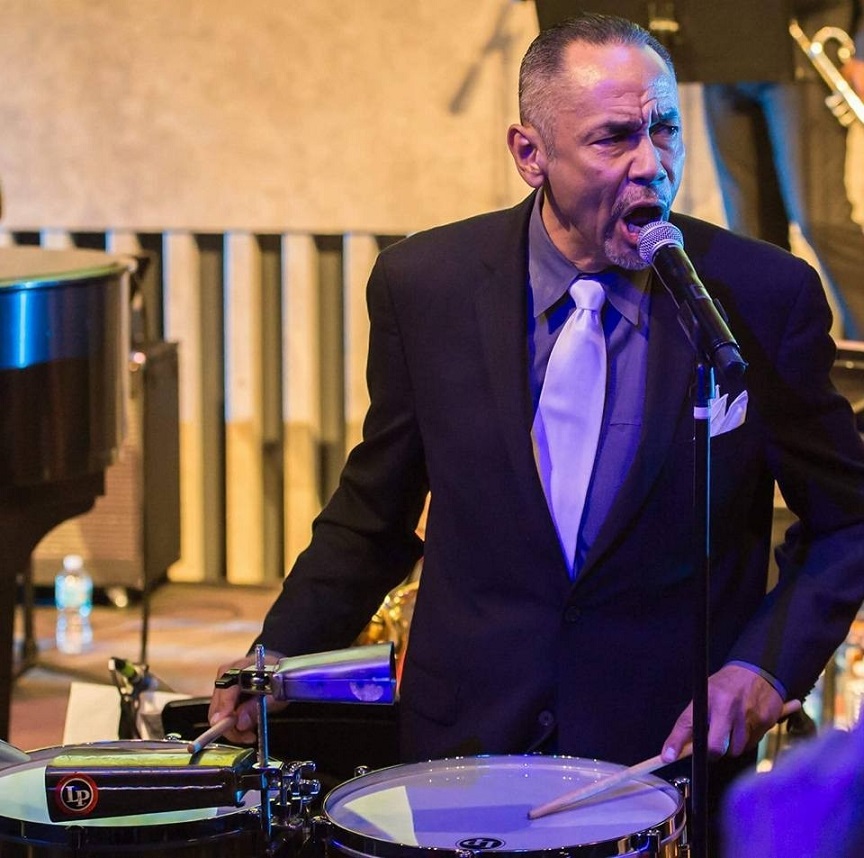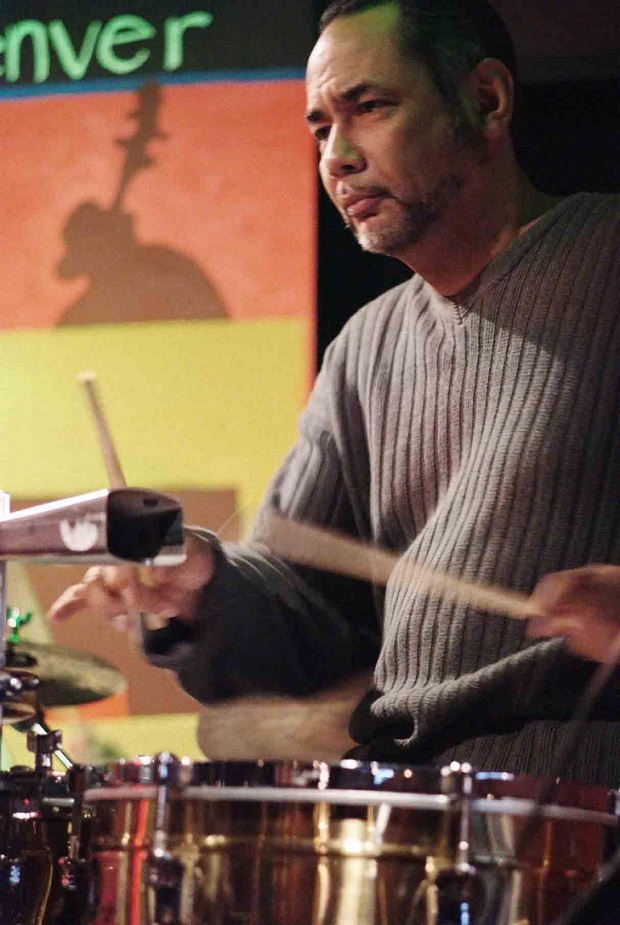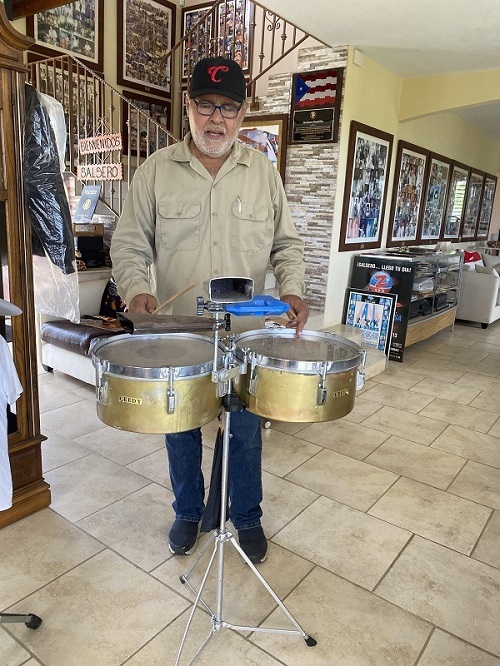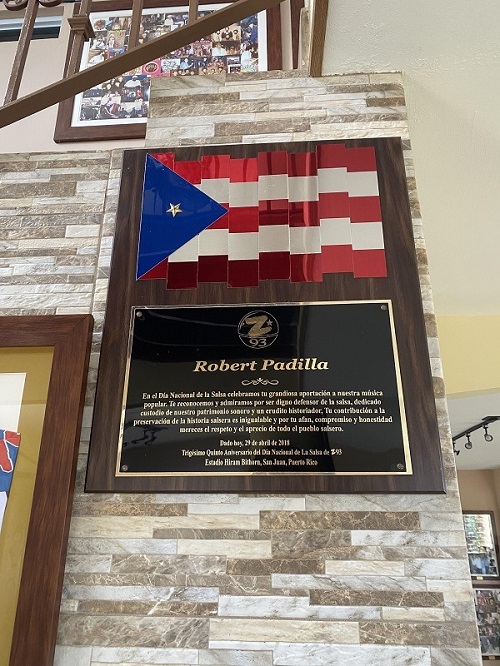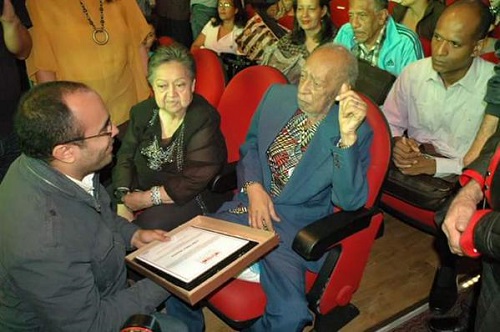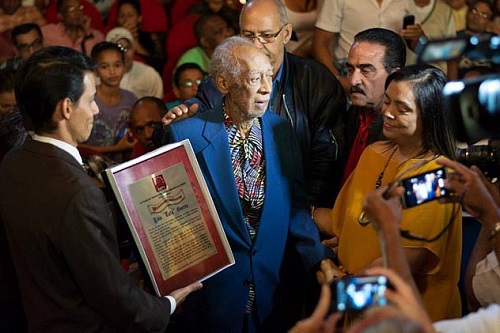“Cachao Dos” for the year 1977.
It will be enough to mention the name of this celebrity to open a whole range of creativity and genius embodied in what is considered a cult discography.
Since 1931, the year in which he started musically as a member of the Havana Philharmonic Orchestra, the precocious Israel would give a foretaste of the talent he had and that, as time went by, would be consummated hand in hand with his right-hand man and musical accomplice, Orestes “Macho” López, his older brother.
Certainly, music was impregnated in the DNA of the López family, a generating machine of musicians by tradition, something that Lázara Cachao, Israel’s niece and daughter of his deceased younger brother Orlando “Cachaito” Lopez, reaffirms: “The tradition of being musicians comes from the grandparents and great-great-grandparents, all the Cachao are musicians”.
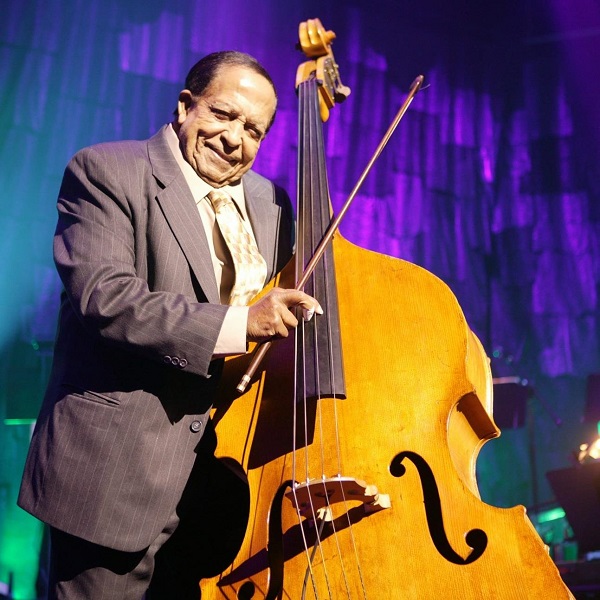
Regarding his transcendence, he and his older brother Orestes are said to be the creators of the Mambo, a rhythmic variation of the Danzón and a genuine musical expression that would mark a before and after in Latin music.
However, and as it is known, this contribution would change its clothing and would reach worldwide popularity when it reached the hands of another “inventor” born in Matanzas, Cuba, named Dámaso Pérez Prado, who as it is known, gave it another treatment and musical twist reaching surprising popularity.
“Cachao”, after a 31-year stay with the Havana Philharmonic Orchestra, decided to leave Cuba, settling for many years in New York City.
As it is understandable, his presence in this city was more than important for the musical guild and music fans.
He was nothing less than one of the managers and protagonist of the famous Jam Sessions recorded by the Panart whose presence was capitalized among many others by Tito Puente, Tito Rodríguez and Eddie Palmieri.
From the first one we could say, a whole school, a musician with a deep knowledge of his double bass and creator of his own style, bow in hand, and as a prolific composer, with approximately three thousand compositions together with his brother “Macho” López.
The years in New York were musically very good for Israel Lopez as well as in Las Vegas and finally Miami, where he lived until his last days.
Making a discography of him is quite a task and a challenge. However, after his arrival, I remember with great pleasure his collaboration for the album Latin Explosion by Joe Cain and his orchestra in 1964, where among others, Listen dos Trompetas and Mungo, Mungo Baby stand out.
Esta es mi Orquesta, theme/performance of Tito Rodriguez’s musicians emulating what Stan Kent and his Big Band did, or those performances as special guest in the famous Descargas at The Village Gate Live and Tico All Stars, among many others.
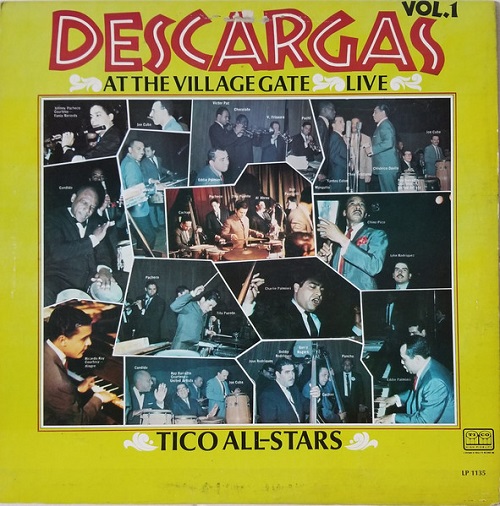
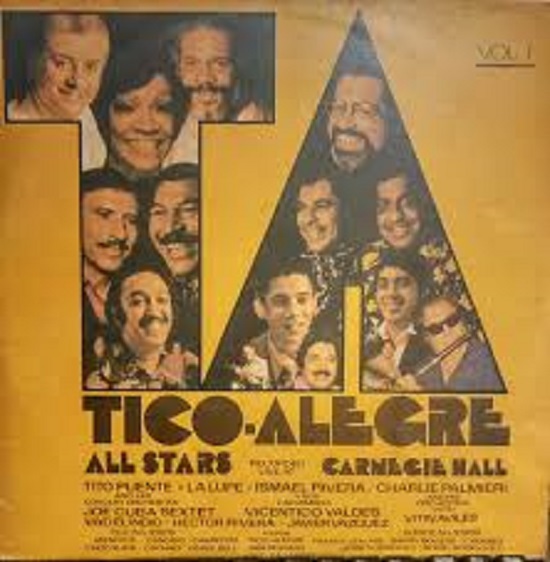
In the seventies, Cachao, with his fame and respect, dedicated himself to maintain the tradition at a supreme level, and from that period, punctually 1977, Cachao will present two epic works, the first one entitled Cachao y su Descarga Vol. 1 and then Cachao Dos, both recorded for Salsoul Records under the production of René López and Andy Kaufman.
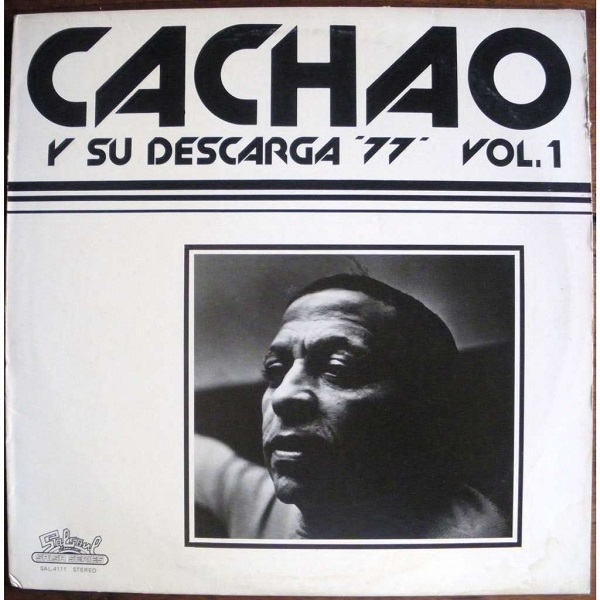
The latter contains only a total of five tracks, but they are well fulfilled in their purpose of maintaining a fierce defense of the rhythms that Gran Cachao has been proclaiming for years.
This album, like everything else recorded by the double bass player, is genuine and of supreme quality, something that is due to Israel’s responsible and dynamic character, something that the leader Julio Castro can attest to, having not only known him personally but also having worked with his orchestra La Única, which arrived in NYC for a prolonged stay of a little more than half a year.
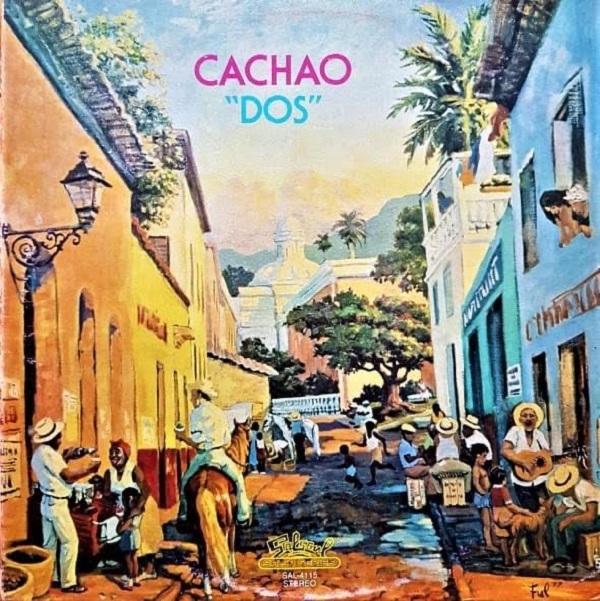
Repertory
Ko Wo Ko Wo: (Guiro): Julito Collazo
Israel “Cachao” López: Contrabajo
Julito Collazo: Vocal, Chekere, Conga
Mario Muñoz “Papaito”: Campana
Diane Cardona: Coro
Marcelino Guerra: Coro
Héctor “El flaco” Hernández: Coro
Zunny López: Coro
Frankie Rodríguez: Coro
Fela Wiles: Coro
Jóvenes del Ritmo: (Danzón): Israel López
Israel “Cachao” López: Contrabajo
Julián Cabrera: Congas
Gonzalo Fernández: Flauta de Madera
Oswaldo “Chihuahua” Martínez: Timbales
Charlie Palmieri: Piano
Rolando Valdés: Guiro
Cuerdas:
“Pupi” Legarreta: Violín
Alfredo de la Fe: Violín
Eddie Drenon: Violín
Yoko Matsuo: Violín
Carl Héctor: Violín
Patricia Dixon: Cello
Centro San Agustín: (Danzón-Cha): Israel López
Israel “Cachao” López: Contrabajo
Carlos “Patato” Valdés: Congas
Gonzalo Fernández: Flauta de Madera
Lino Frío: Piano
Rolando Valdés: Guiro
Nelson González: Tres
Mario Muñoz “Papaito”: Percusión
Alejandro “El negro” Vivar: Trompeta
Alfredo “Chocolate” Armenteros: Trompeta
Rafael “Felo” Barrios: Coro
Roberto Torres: Coro
Trombón Melancólico: (Descarga): Israel López
Israel “Cachao” López: Contrabajo
Manny Oquendo: Timbales
Charlie Palmieri: Piano
Barry Rogers: Trombón
José Rodríguez: Trombón
Andy González: Campana
Frankie Rodríguez: Percusión
Gene Golden: Percusión
Milton Cardona: Percusión
Rafael “Felo” Barrios: Coro
Roberto Torres: Coro
Chambelona (Popurrí de Congas): Neri Cabrera
Israel “Cachao” López: Contrabajo
Julito Collazo: Bombo
Lino Frías: Piano
Mario “Papaito” Muñoz: Percusión
Oswaldo “Chihuahua” Martínez: Percusión
Virgilio Martí: Percusión
Eugenio “Totico” Arango: Coro
Rafael “Felo” Barrios: Coro
Read Also: Carlos “Patato” Valdés one of the best percussionists in the history of Latin Jazz
